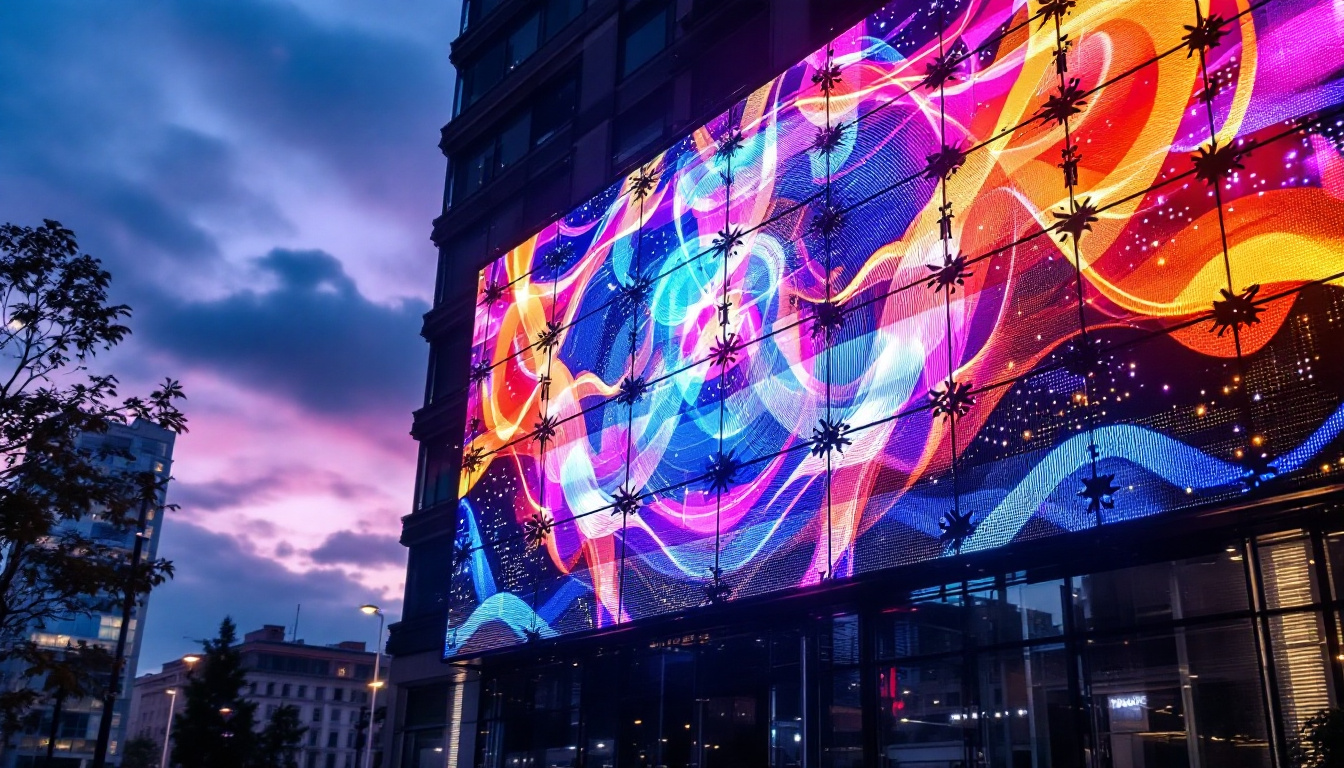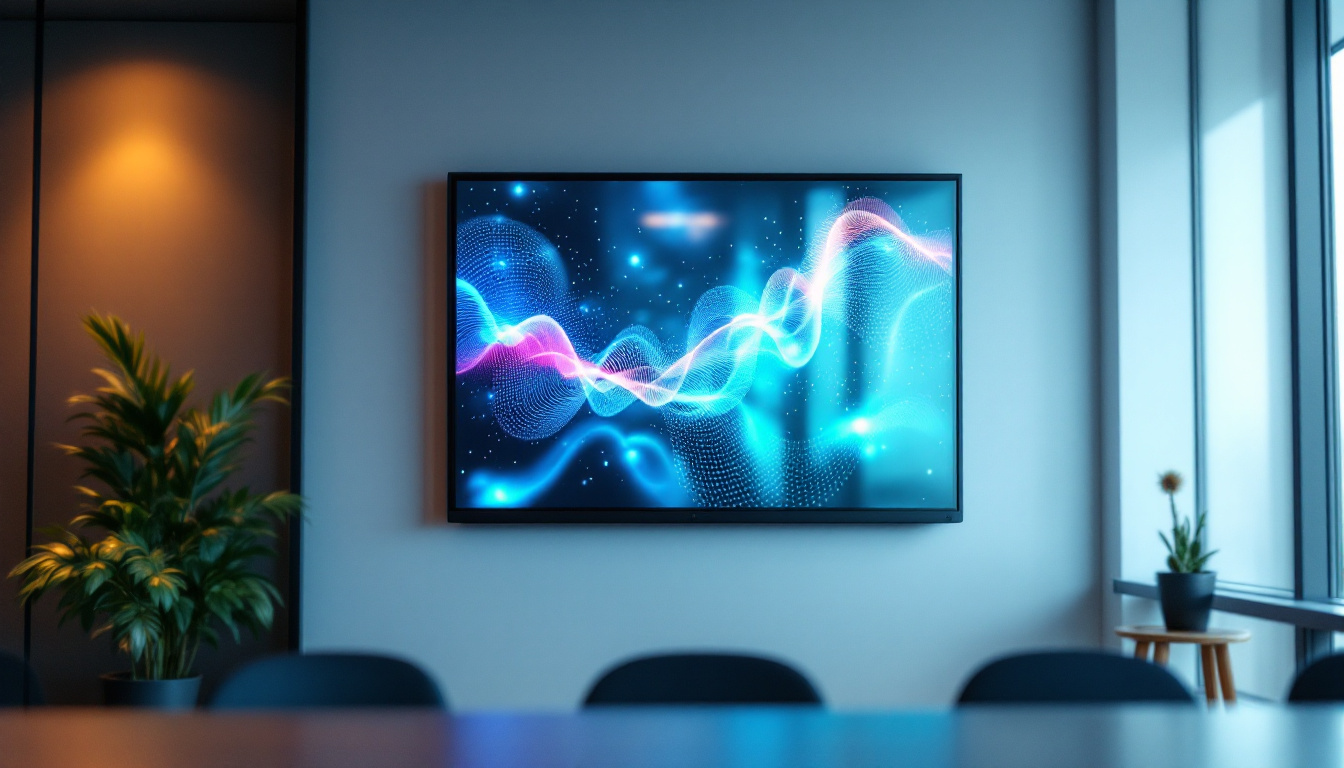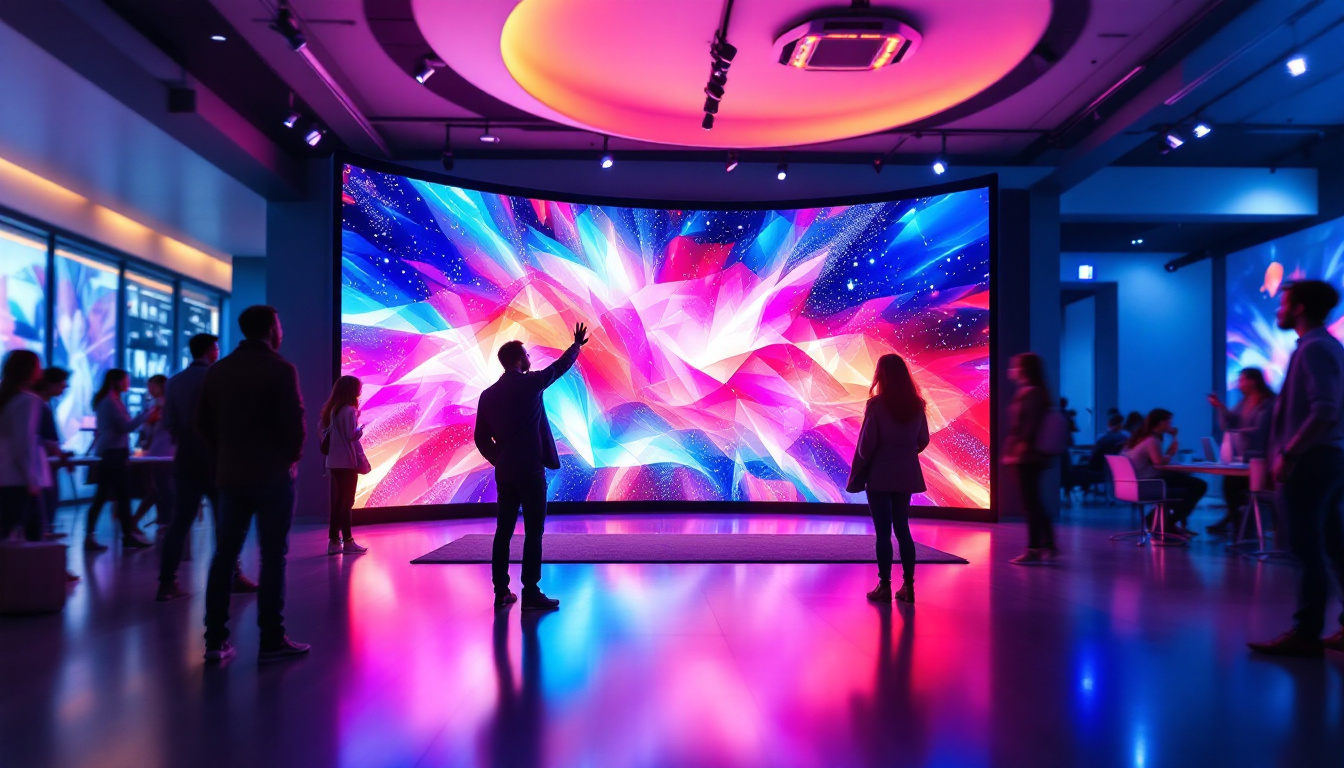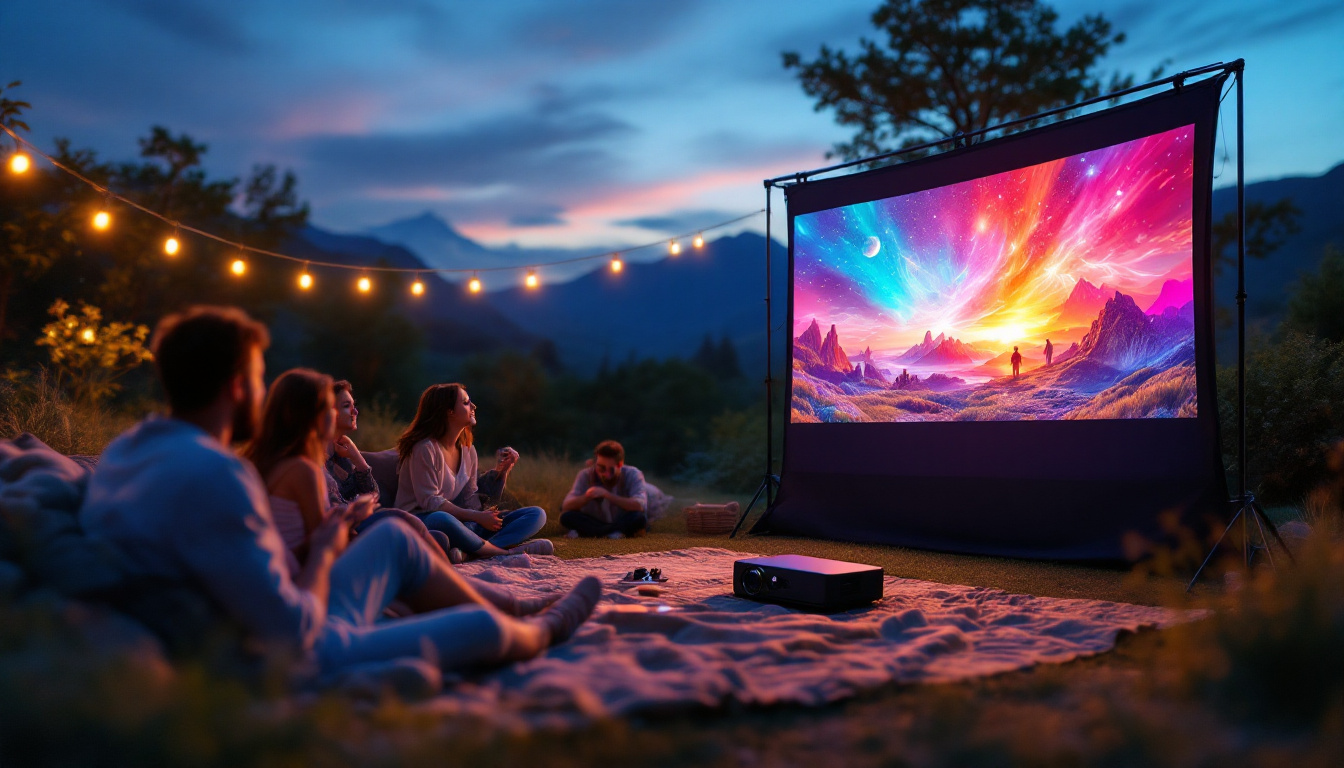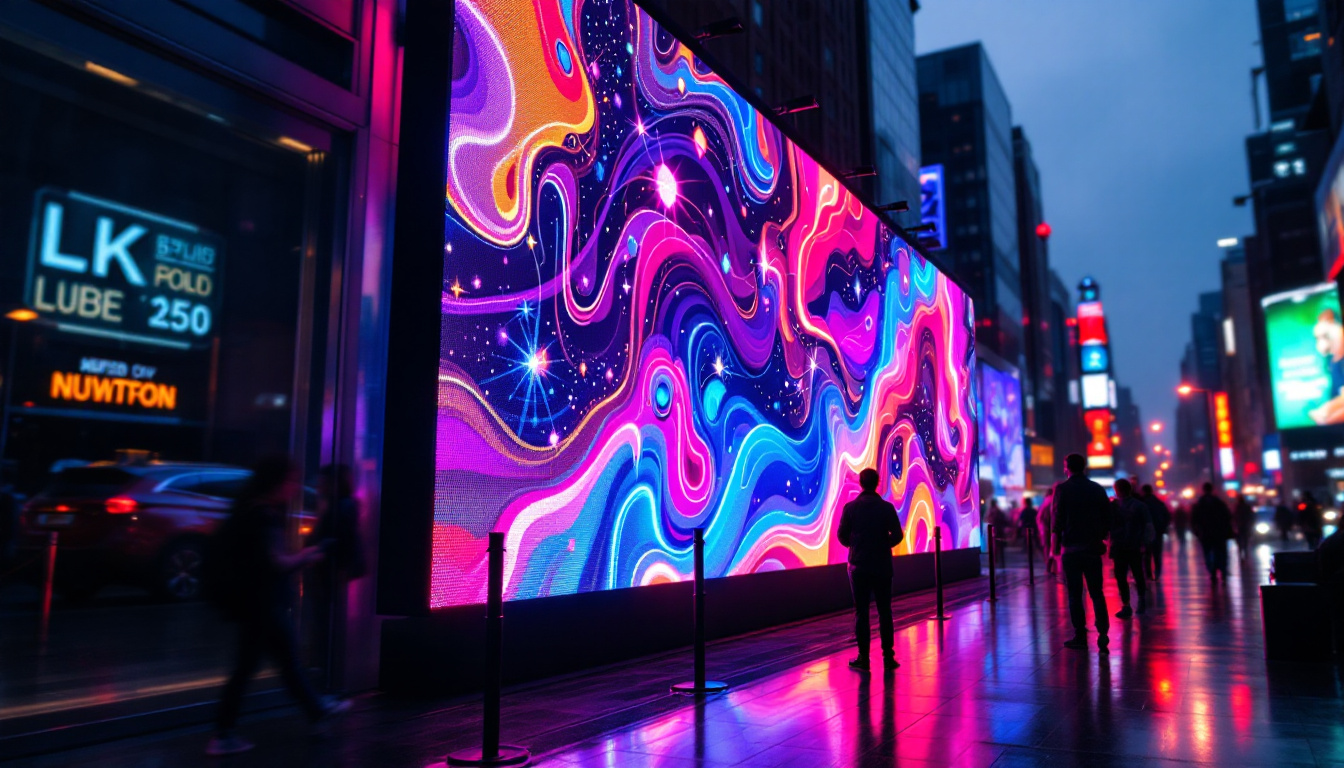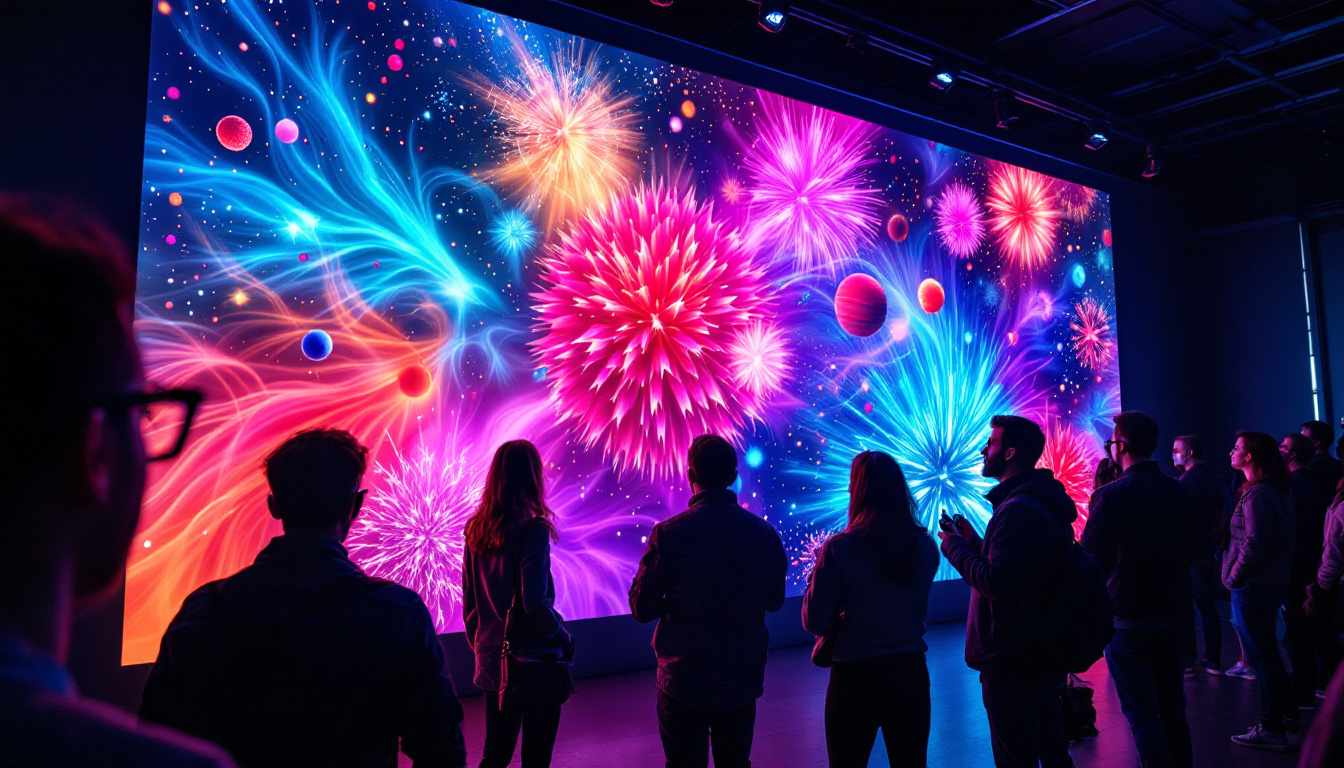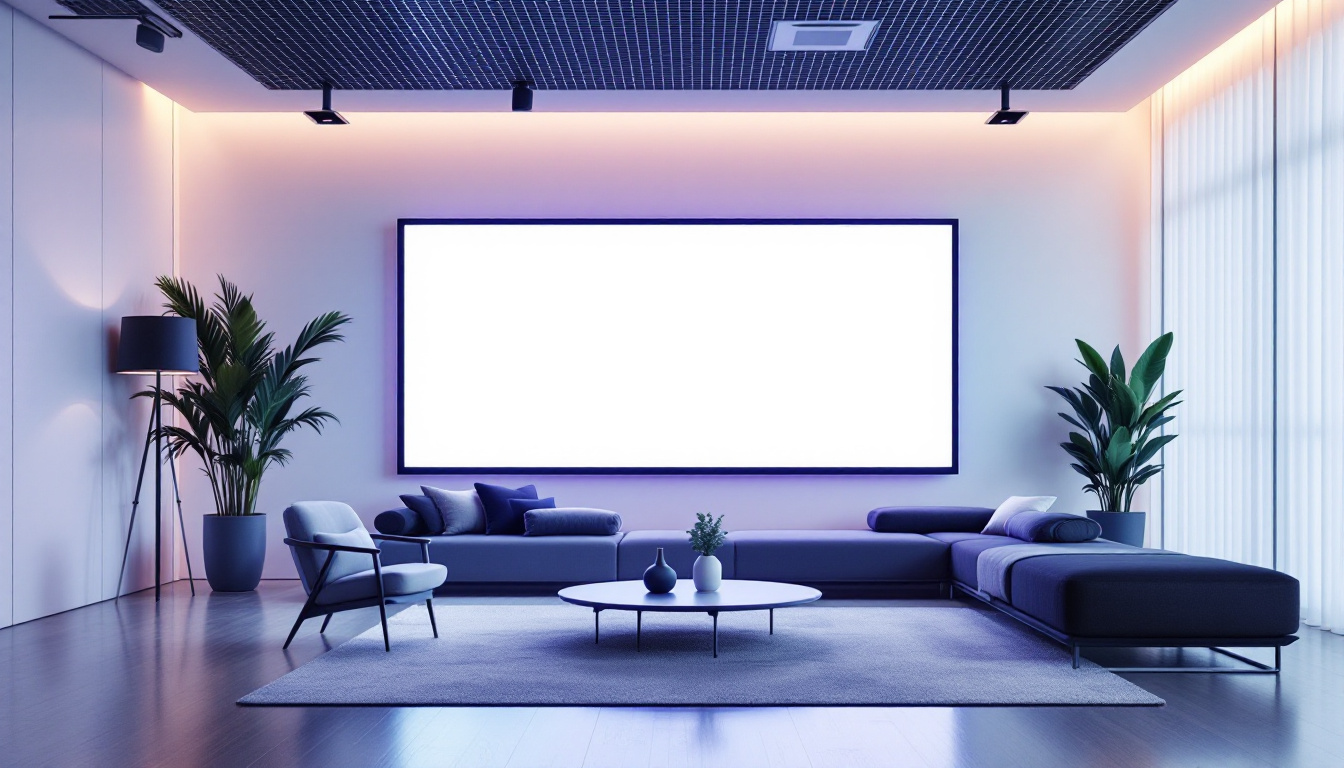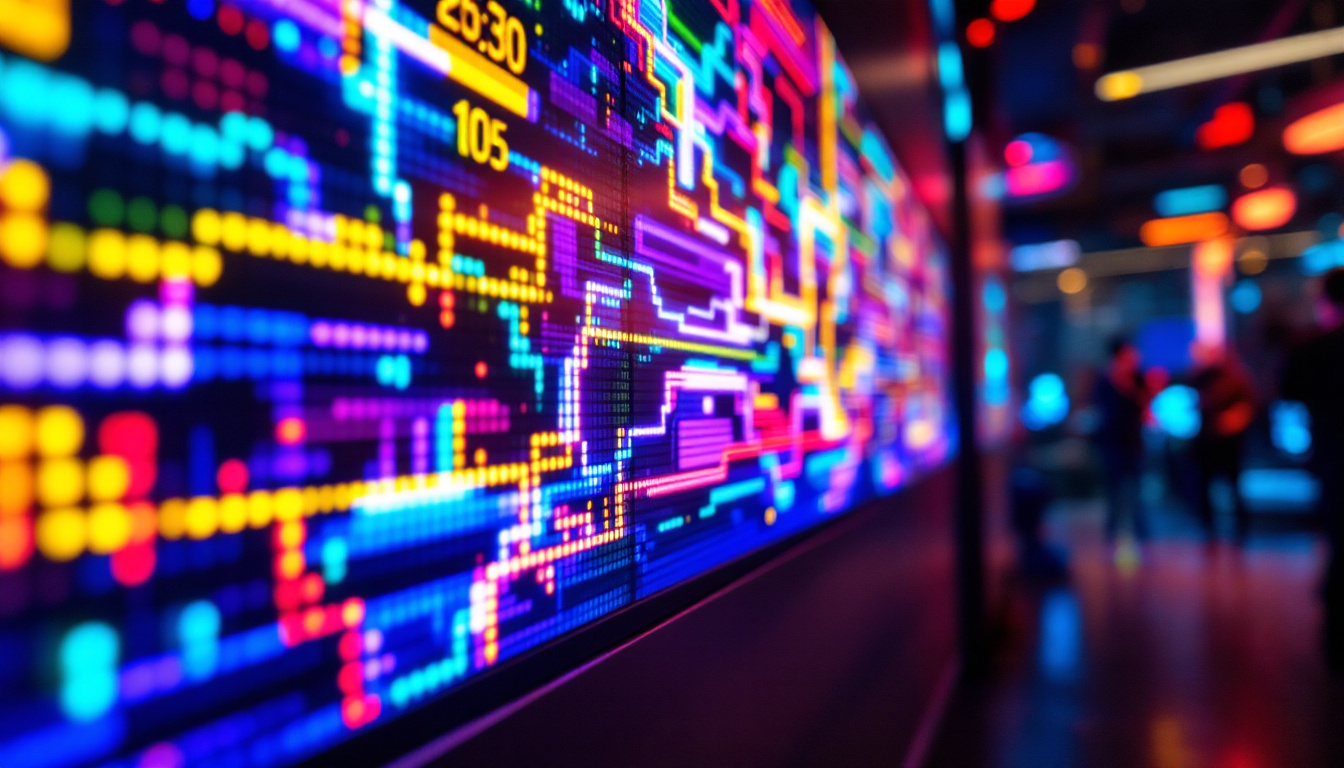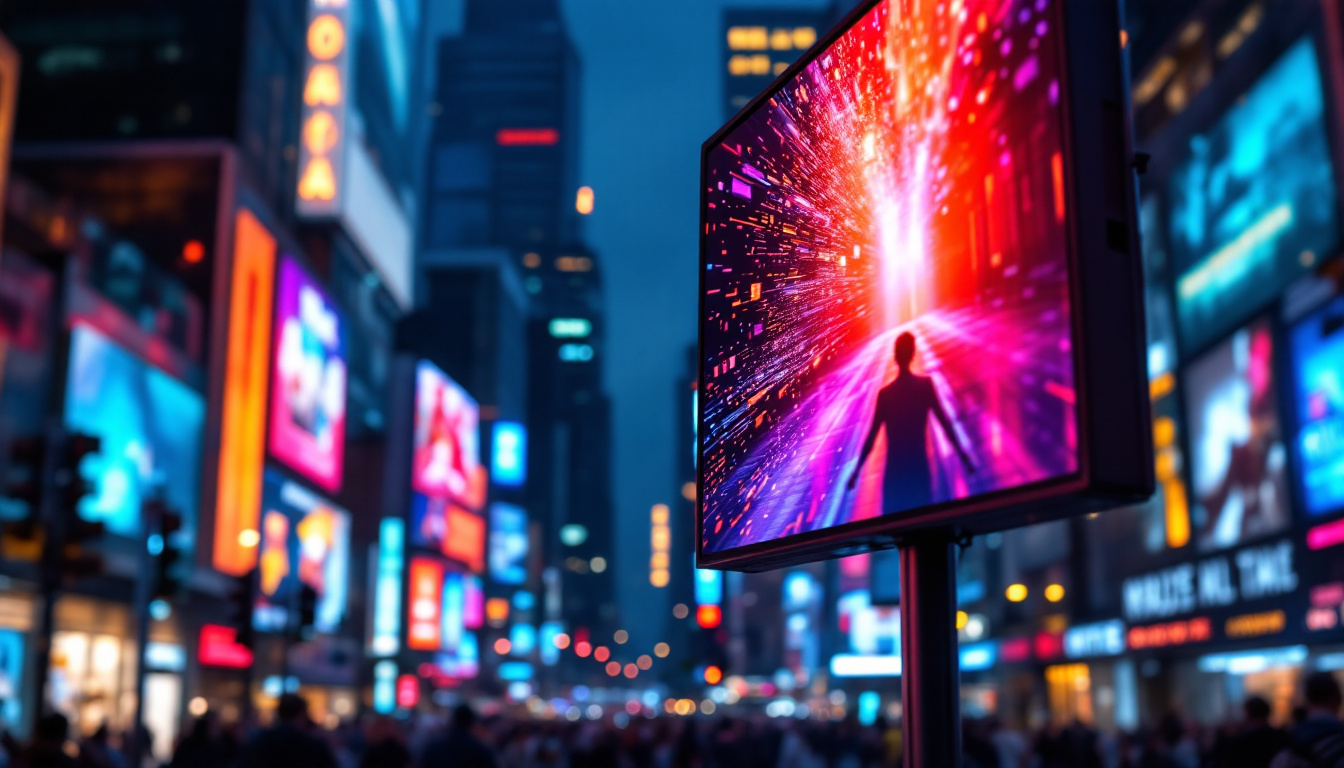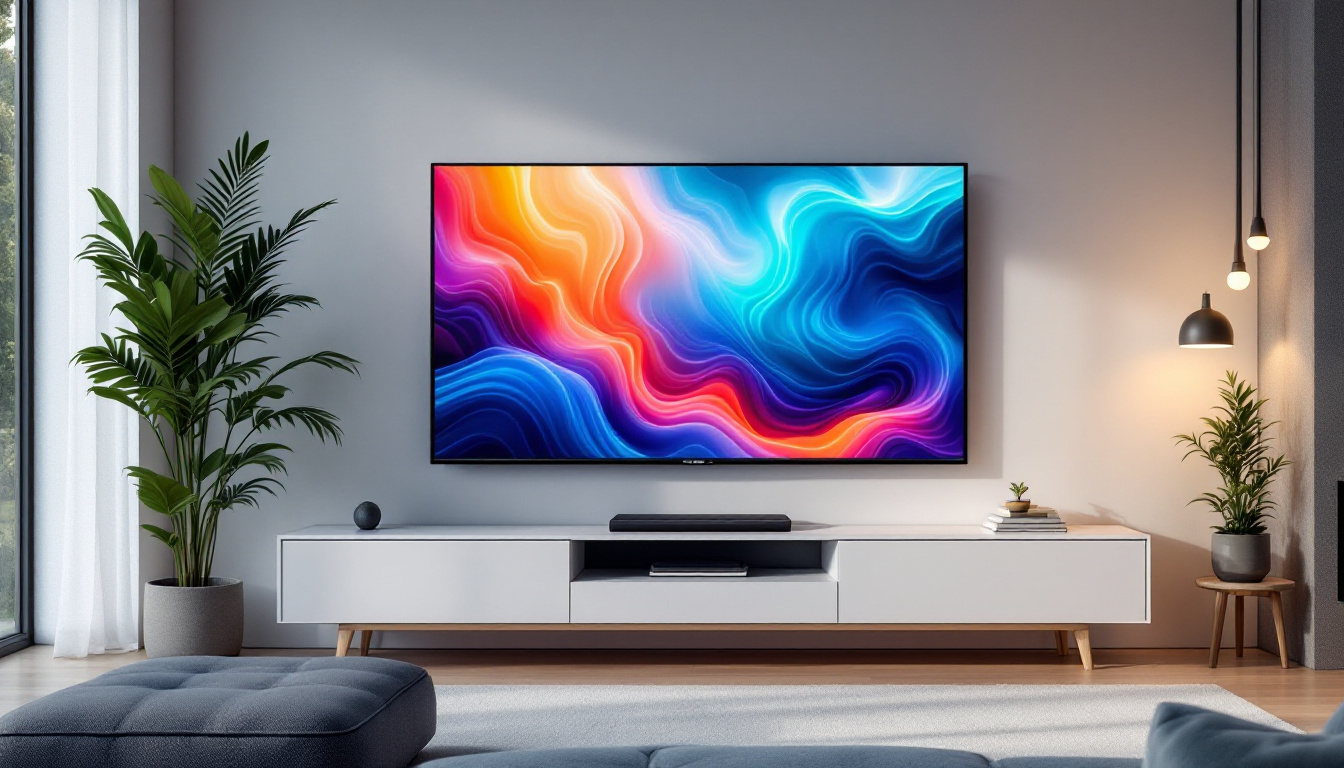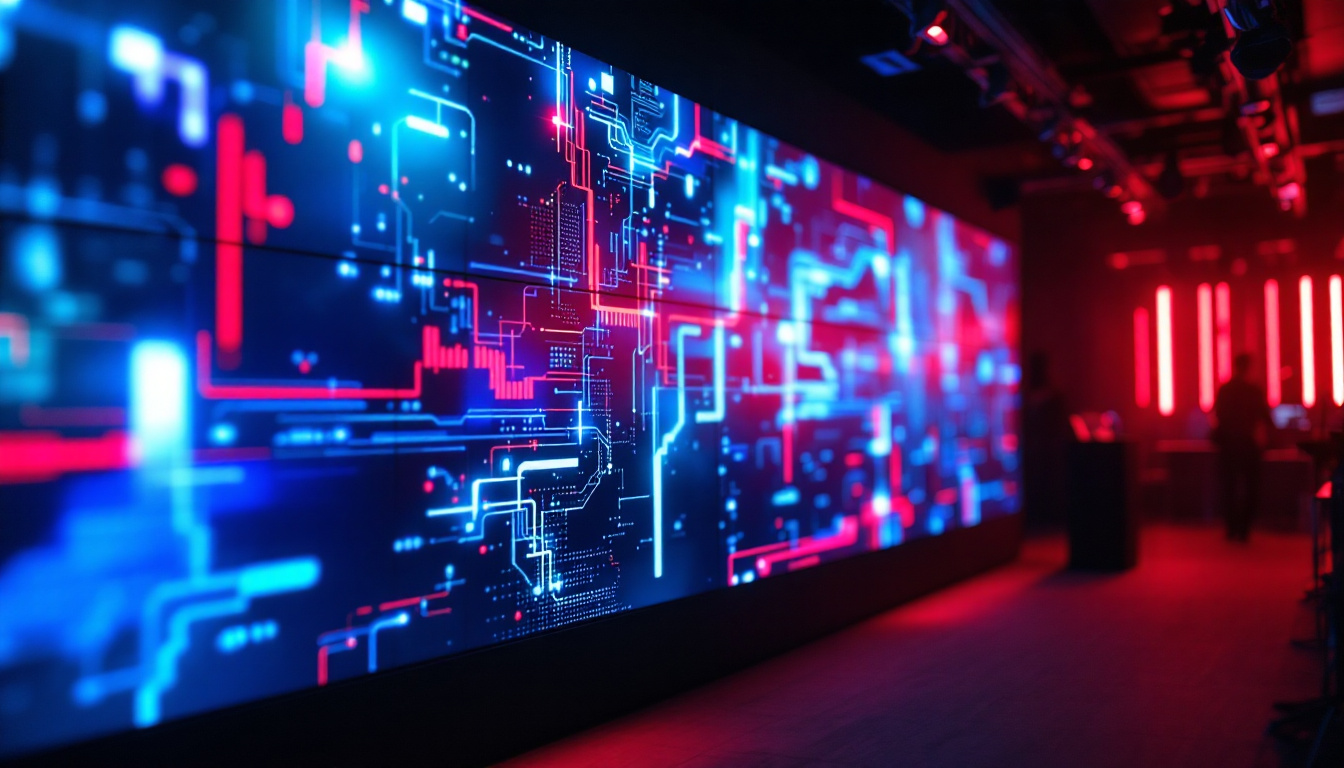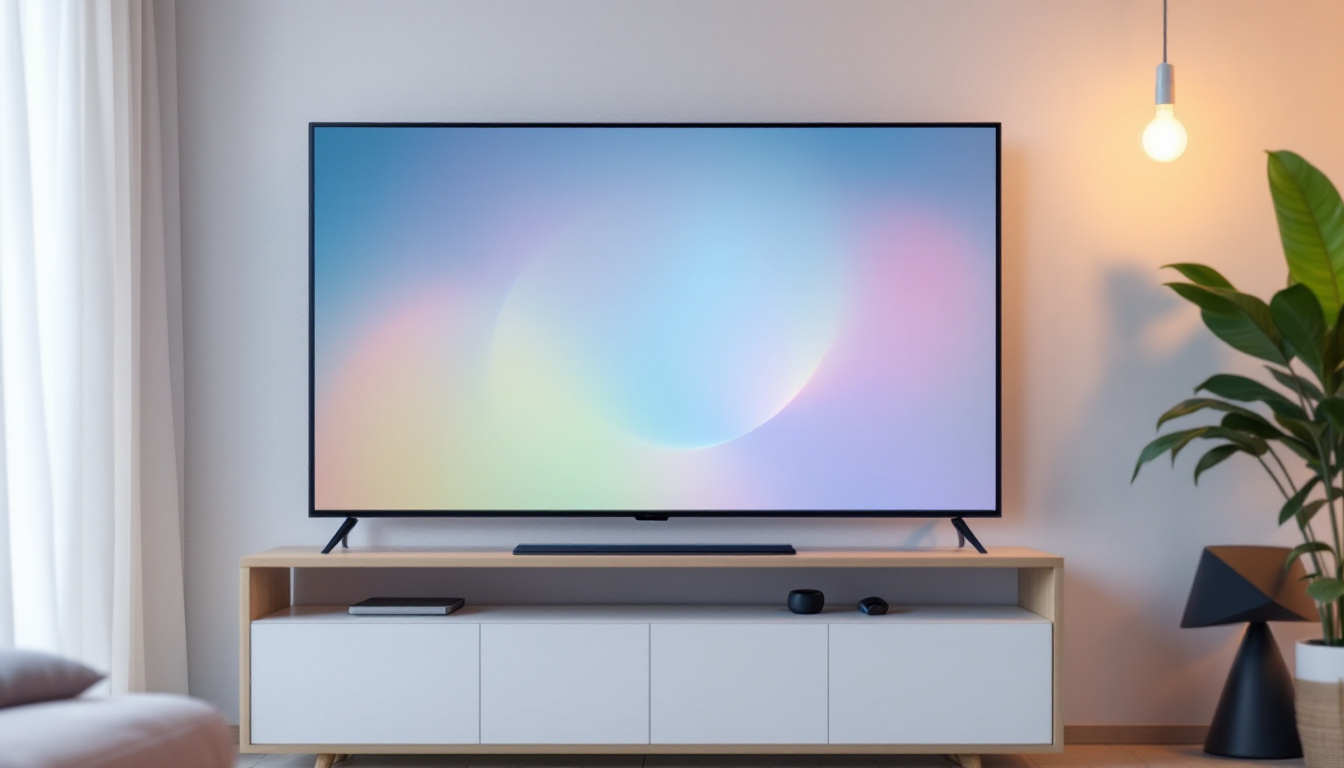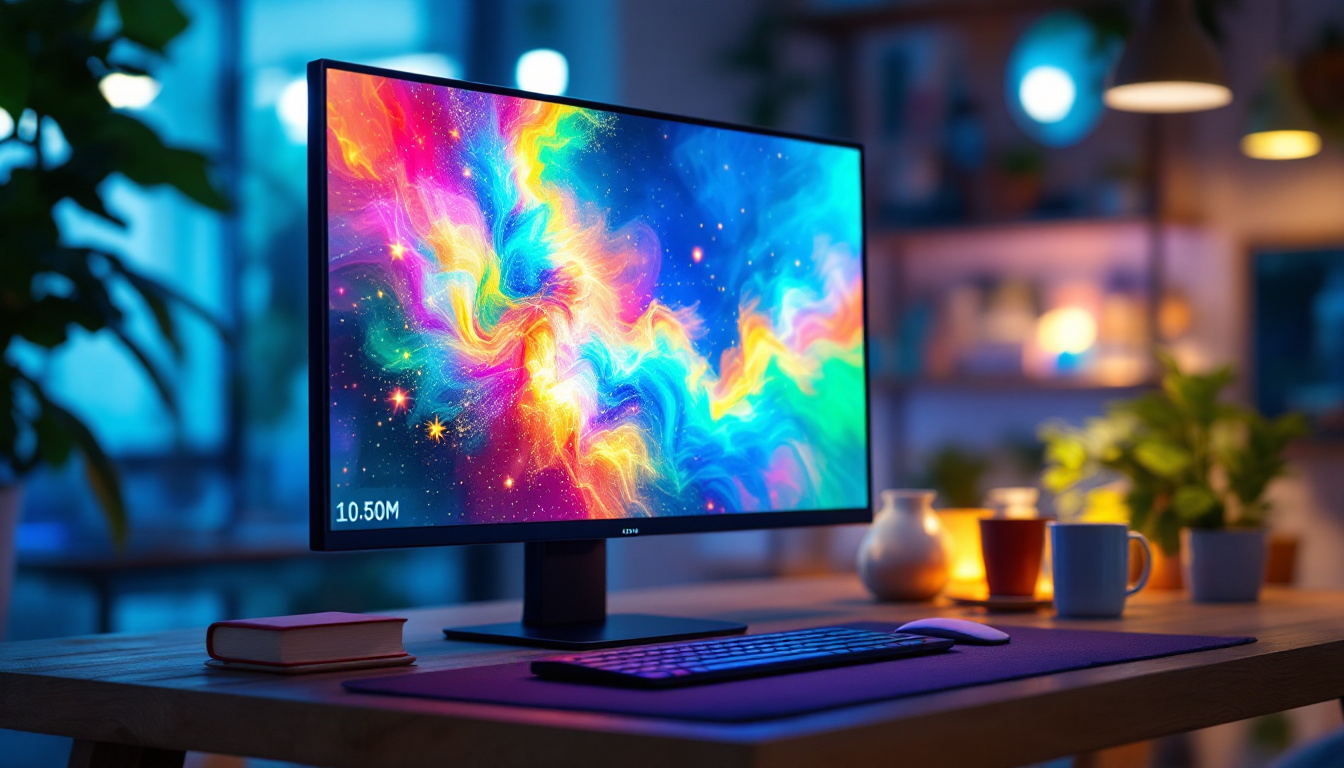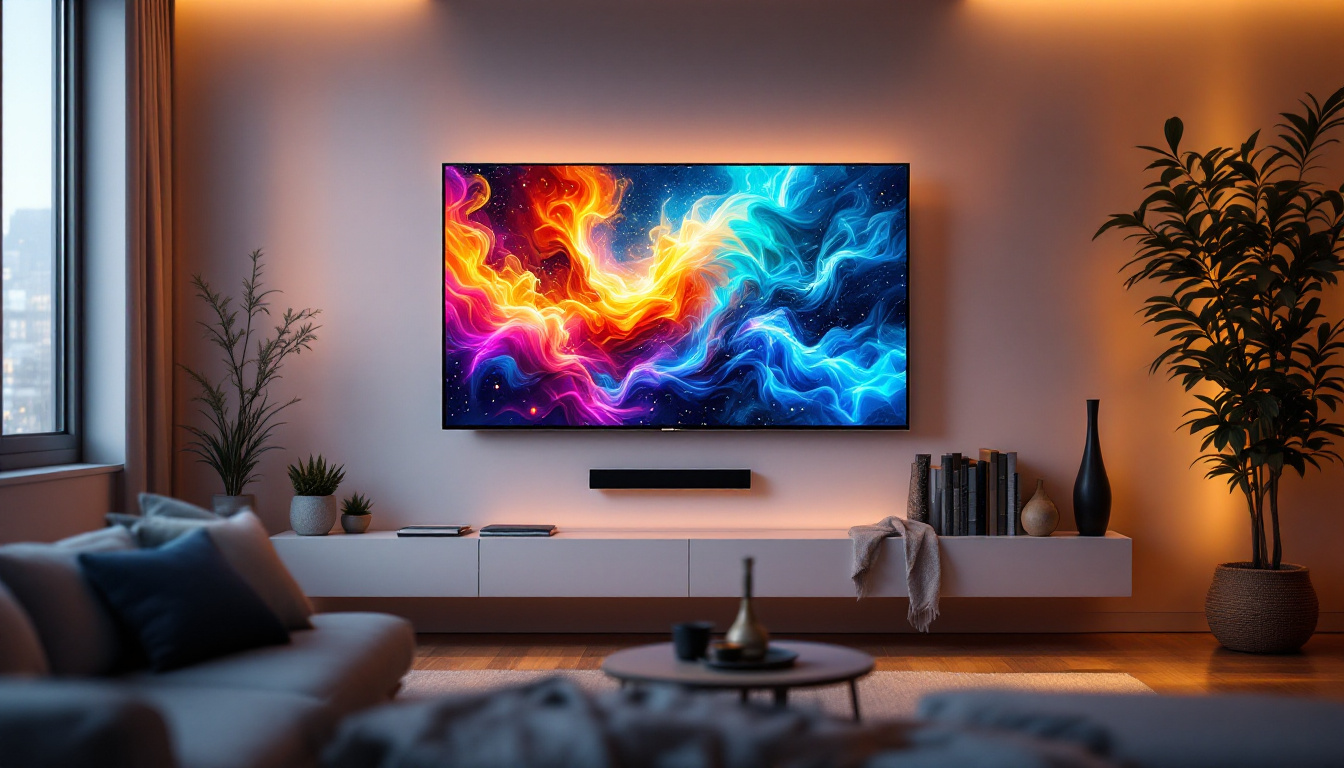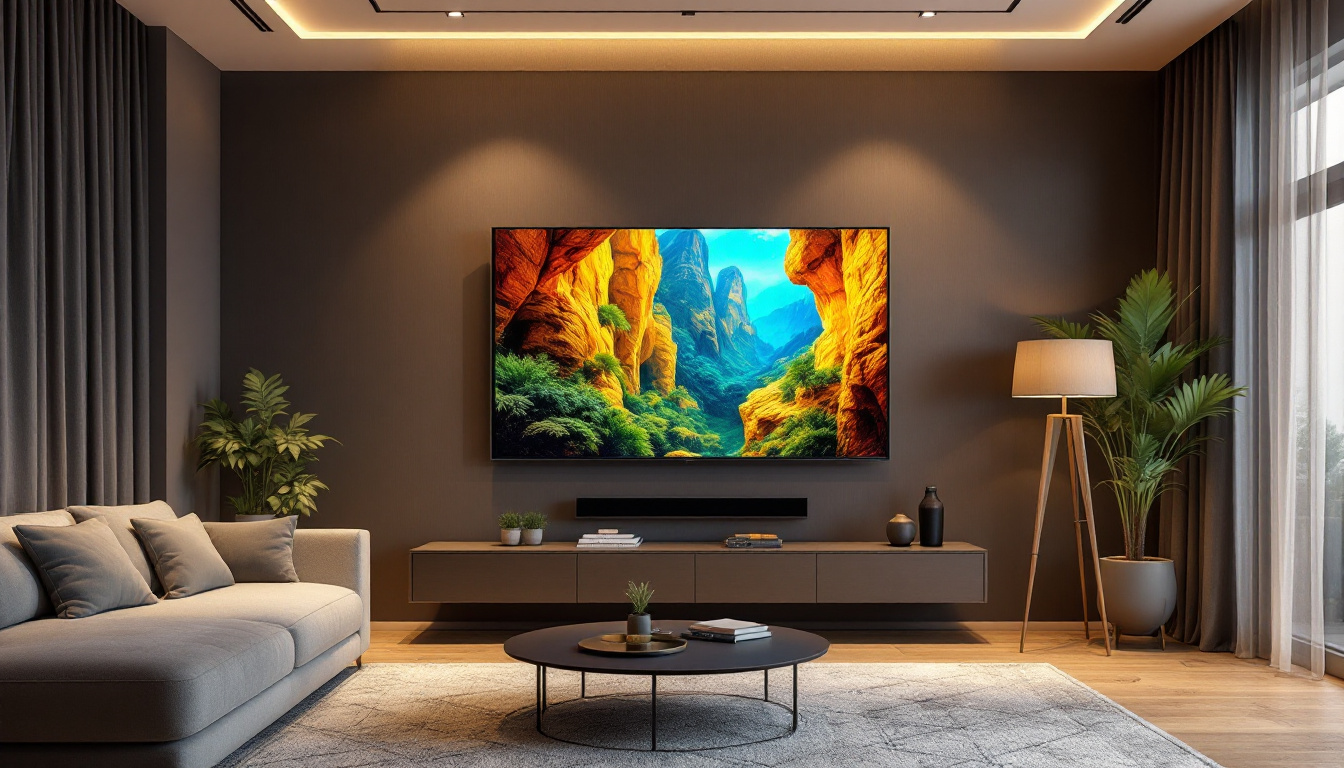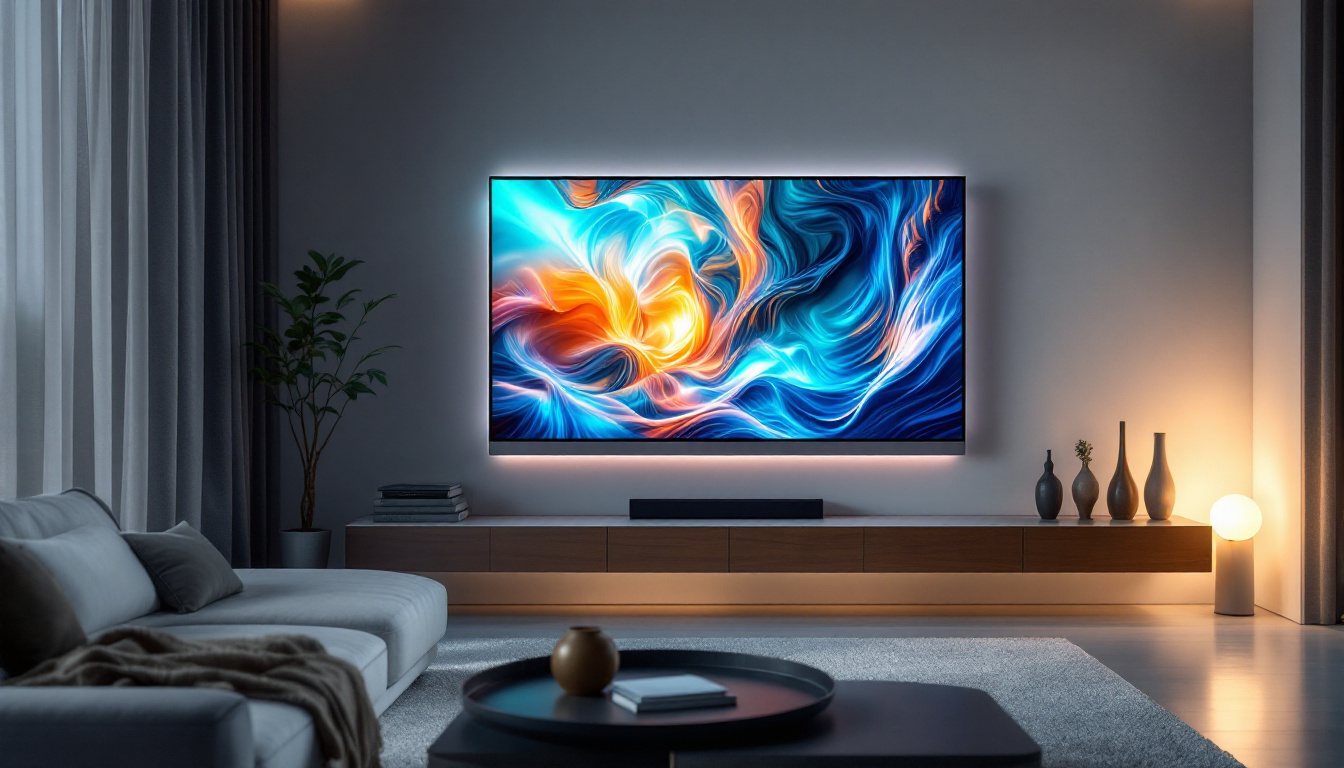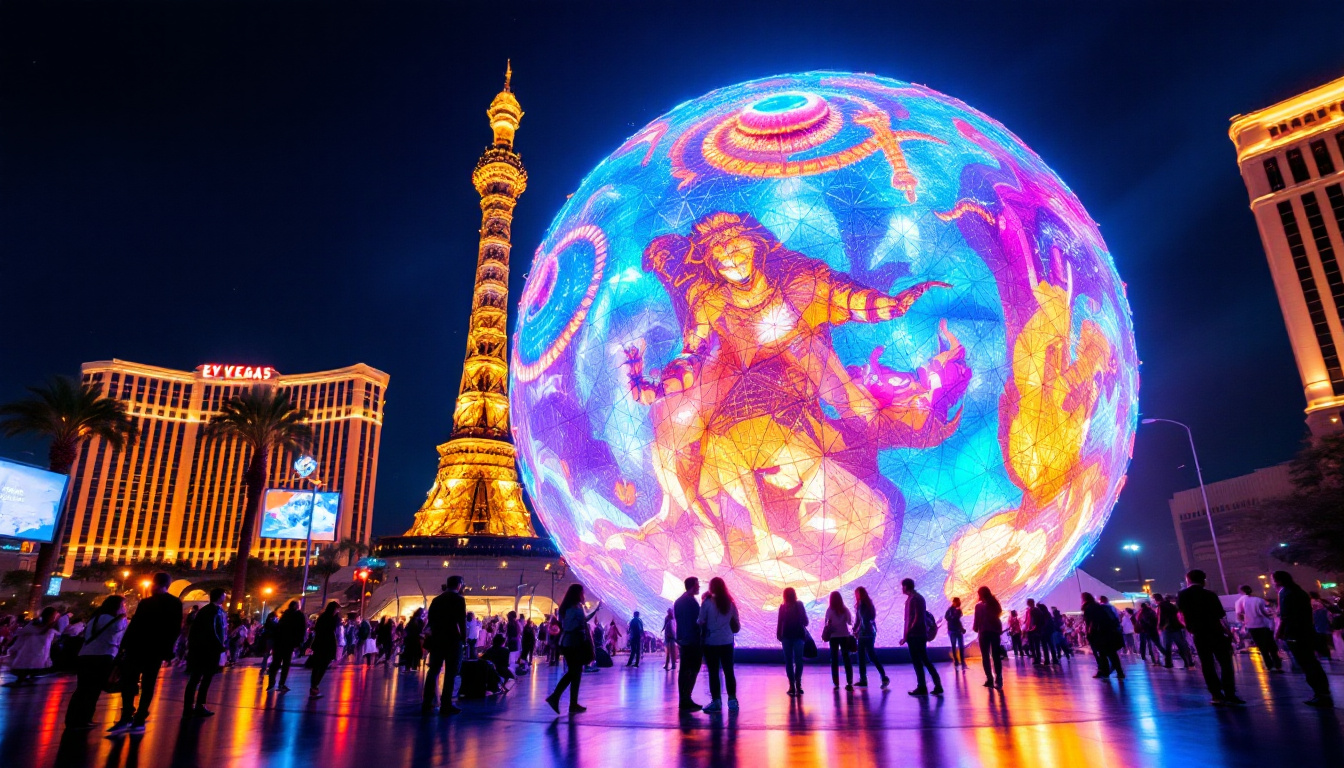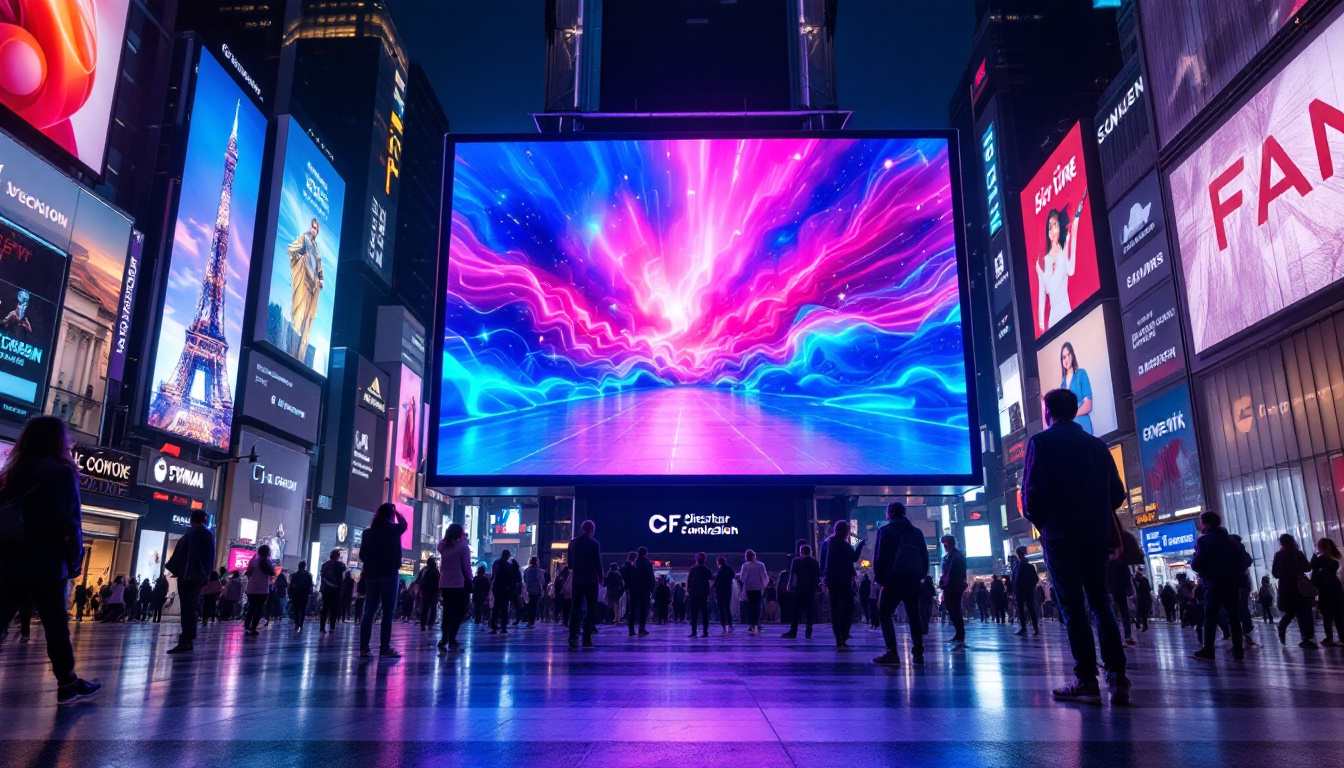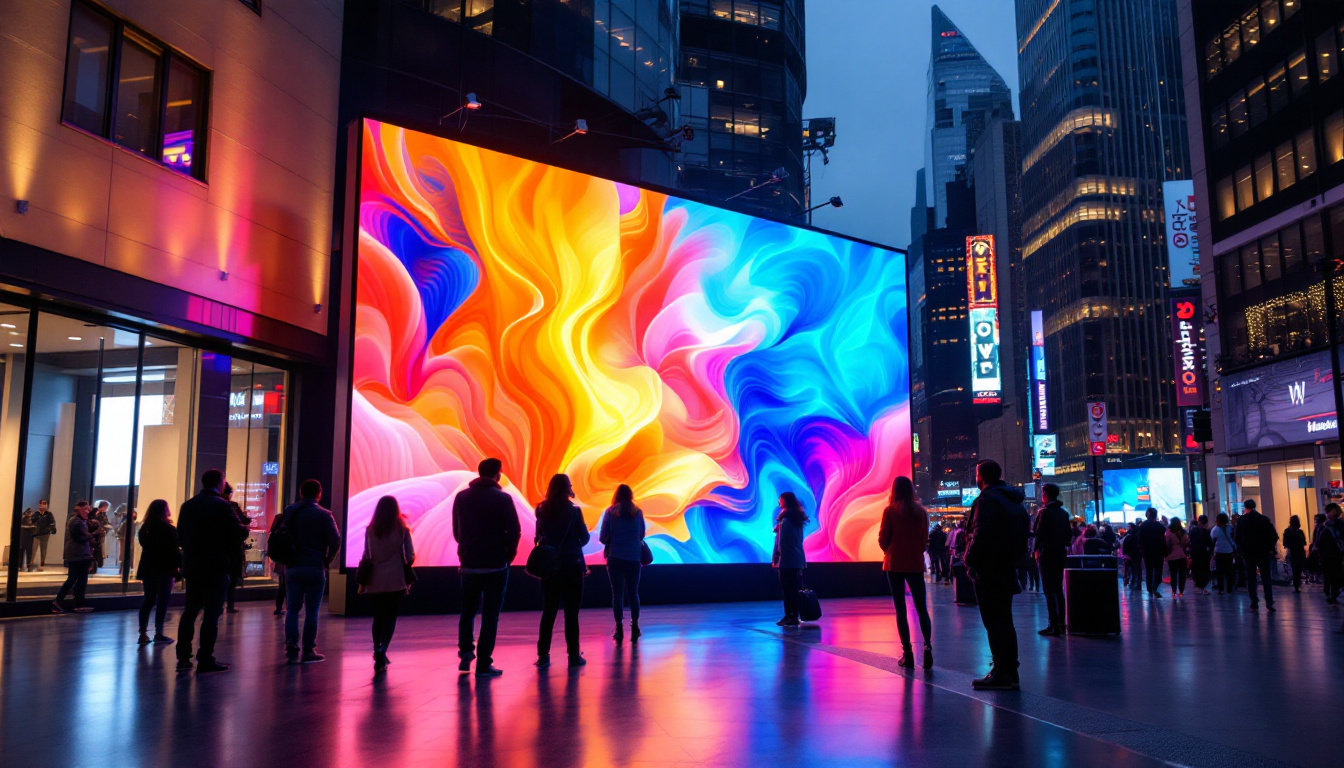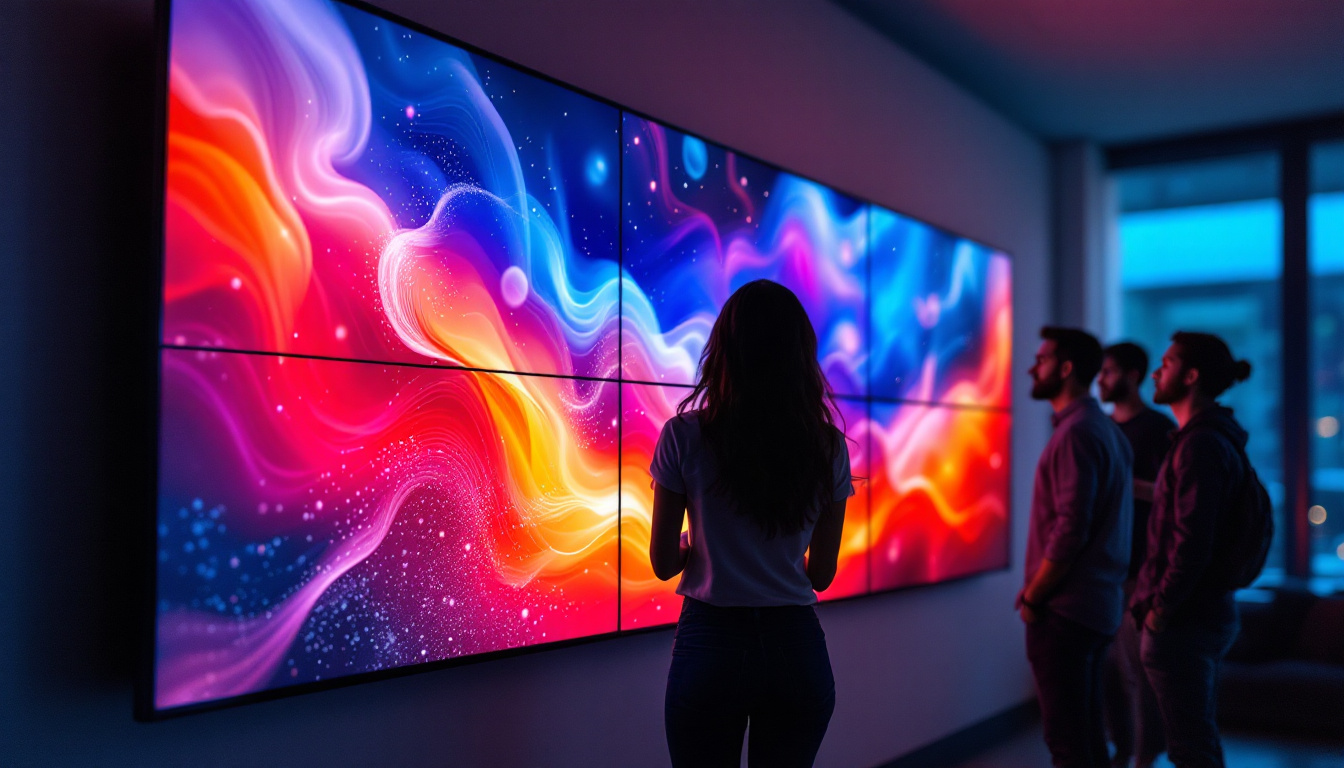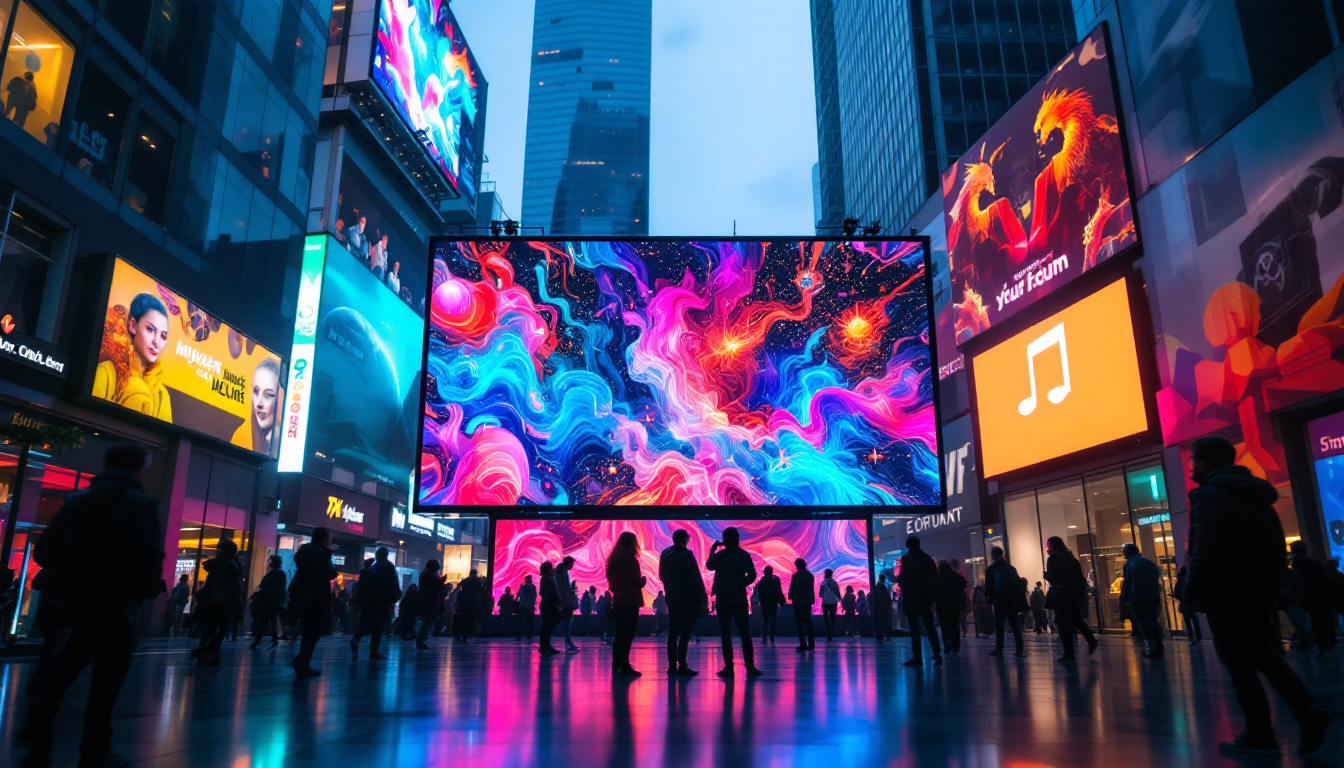In the modern world of visual communication, LED displays have emerged as a transformative technology. They are not only captivating but also highly functional, making them a popular choice for various applications, from advertising to entertainment. This article delves into the intricacies of LED displays, particularly focusing on the concept of hanging displays, their advantages, and the technology behind them.
Understanding LED Displays
LED, or Light Emitting Diode, displays are screens that utilize LED technology to produce images and videos. They are known for their brightness, energy efficiency, and versatility. Unlike traditional displays, which may rely on backlighting or other technologies, LED displays emit their own light, resulting in vibrant colors and sharp contrasts. This self-illuminating feature allows for thinner designs and greater flexibility in installation, making LED displays a popular choice for modern architecture and advertising.
The Basics of LED Technology
At the core of LED technology is the semiconductor material that emits light when an electric current passes through it. This process is known as electroluminescence. LEDs can produce a wide spectrum of colors, and when combined in various configurations, they can create stunning visual displays. The efficiency of LEDs also means they generate less heat compared to traditional bulbs, contributing to their longevity and reducing the need for extensive cooling systems.
LED displays can be categorized into two main types: direct-view and rear-projection. Direct-view LED displays consist of individual LED modules that are arranged to form a larger screen, while rear-projection displays use projectors to display images on a screen from behind. The direct-view method is particularly advantageous for large-scale applications, such as outdoor advertising, where visibility and impact are paramount.
Types of LED Displays
There are several types of LED displays, each designed for specific applications. Some of the most common types include:
- Indoor LED Displays: These displays are designed for use in enclosed spaces, such as shopping malls, theaters, and conference rooms. They typically have a higher pixel density, resulting in clearer images viewed from shorter distances. Indoor displays often feature advanced technologies like high refresh rates, which enhance video playback quality, making them ideal for dynamic content presentation.
- Outdoor LED Displays: Built to withstand the elements, outdoor LED displays are often used for billboards, stadiums, and public events. They are designed to be bright enough to be visible in direct sunlight. Many outdoor models also incorporate weather-resistant materials and coatings to ensure durability against rain, wind, and UV exposure, thus extending their operational lifespan significantly.
- Transparent LED Displays: These innovative displays allow viewers to see through them while still providing visual content. They are often used in retail environments to showcase products without obstructing the view. The transparent nature of these displays not only enhances aesthetic appeal but also allows for creative advertising solutions, merging digital content with physical products seamlessly.
Moreover, the evolution of LED technology has led to the development of flexible LED displays, which can be bent and shaped to fit various surfaces, opening up new possibilities for creative installations. These displays are particularly popular in artistic applications and can be integrated into architectural designs, providing an immersive experience that captivates audiences. As the technology continues to advance, we can expect even more innovative applications of LED displays across different industries, from entertainment to transportation.
The Concept of Hanging LED Displays
Hanging LED displays are a specific application of LED technology that allows screens to be suspended from ceilings or other structures. This setup is particularly advantageous in environments where floor space is limited or where a more dynamic visual presentation is desired.
Benefits of Hanging LED Displays
Hanging LED displays offer numerous benefits that make them an appealing choice for businesses and event organizers alike. Some of these advantages include:
- Space Efficiency: By utilizing vertical space, hanging displays free up valuable floor space, allowing for more flexible layouts in venues such as trade shows, concerts, and retail stores.
- Enhanced Visibility: Elevated displays can capture the attention of passersby from a distance, making them ideal for advertising and promotional purposes.
- Dynamic Content: Hanging LED displays can easily be updated with new content, allowing businesses to adapt their messaging in real-time based on audience engagement and trends.
Applications of Hanging LED Displays
The versatility of hanging LED displays makes them suitable for a wide range of applications. Some notable examples include:
- Concerts and Festivals: Hanging displays are often used in live events to provide visual effects that enhance the overall experience for attendees.
- Retail Environments: Stores can use hanging displays to showcase promotions, new products, or seasonal sales, drawing customers’ attention as they navigate the space.
- corporate events: Hanging displays can serve as backdrops for presentations, providing visual aids that enhance the impact of speeches and discussions.
Technical Considerations for Hanging LED Displays
While the benefits of hanging LED displays are clear, there are several technical considerations that must be taken into account when planning and implementing these systems.
Installation and Rigging
Proper installation is critical for the safety and effectiveness of hanging LED displays. The rigging process involves securely suspending the display from a ceiling or other overhead structure, which requires careful planning and execution.
Factors such as weight distribution, structural integrity, and local building codes must be considered. Professional installation services are often recommended to ensure that the display is safely and effectively mounted.
Power and Connectivity
Hanging LED displays require a reliable power source and data connectivity to function effectively. Power cables must be routed safely to avoid hazards, and data connections should be established to allow for content updates and management.
In many cases, wireless solutions are available, enabling seamless content delivery without the need for extensive cabling. However, these solutions may come with their own set of challenges, such as potential interference and signal loss.
Content Creation for LED Displays
The visual content that is displayed on LED screens plays a crucial role in their effectiveness. High-quality, engaging content can significantly enhance the impact of hanging LED displays.
Design Considerations
When creating content for LED displays, several design considerations should be taken into account:
- Resolution: The resolution of the display will dictate how detailed the content can be. Higher resolutions are necessary for close viewing distances, while lower resolutions may suffice for displays viewed from afar.
- Color and Contrast: The vibrant colors and brightness of LED displays can be leveraged to create eye-catching visuals. However, it is essential to ensure that the content maintains good contrast for readability.
- Dynamic Elements: Incorporating animations or video elements can make the content more engaging. However, care should be taken to avoid overwhelming viewers with too much movement.
Content Management Systems
To effectively manage and update content on hanging LED displays, many organizations utilize content management systems (CMS). These systems allow users to schedule and publish content easily, ensuring that the display remains fresh and relevant.
Some CMS platforms offer advanced features such as analytics, enabling businesses to track viewer engagement and optimize their content strategy accordingly.
Challenges and Solutions
While hanging LED displays offer numerous advantages, they also present certain challenges that must be addressed to ensure their successful implementation and operation.
Environmental Factors
Outdoor hanging displays, in particular, must contend with various environmental factors, including weather conditions, sunlight exposure, and temperature fluctuations. These factors can affect both the performance and longevity of the display.
To mitigate these challenges, manufacturers often design outdoor displays with protective casings and weather-resistant components. Additionally, regular maintenance and inspections can help identify and address potential issues before they escalate.
Cost Considerations
The initial investment for hanging LED displays can be significant, which may deter some businesses from adopting this technology. However, it is essential to consider the long-term benefits and potential return on investment.
By evaluating factors such as increased visibility, enhanced customer engagement, and the ability to quickly update content, businesses can better understand the value that hanging LED displays can bring to their operations.
The Future of Hanging LED Displays
As technology continues to evolve, the future of hanging LED displays looks promising. Innovations in LED technology, such as increased energy efficiency and improved resolution, are expected to drive further adoption across various sectors.
Emerging Trends
Several emerging trends are shaping the future of hanging LED displays:
- Integration with Augmented Reality: The combination of LED displays with augmented reality (AR) technology can create immersive experiences that engage viewers in new ways.
- Interactive Displays: Touch-sensitive and interactive LED displays are becoming more prevalent, allowing users to engage directly with the content.
- Sustainability Initiatives: As environmental concerns grow, manufacturers are focusing on creating more sustainable LED solutions, including energy-efficient designs and recyclable materials.
Conclusion
Hanging LED displays represent a dynamic and versatile solution for visual communication in various settings. With their ability to captivate audiences and deliver impactful content, they have become an essential tool for businesses and organizations looking to enhance their visibility and engagement.
As technology continues to advance, the potential applications and benefits of hanging LED displays will undoubtedly expand, making them an exciting area to watch in the coming years. By understanding the intricacies of this technology, businesses can leverage hanging LED displays to create compelling visual experiences that resonate with their audiences.
Discover LumenMatrix’s Innovative LED Display Solutions
Ready to elevate your visual communication strategy with cutting-edge LED display technology? LumenMatrix offers a diverse range of LED display solutions tailored to your needs, from Indoor and Outdoor LED Wall Displays to specialized options like Vehicle, Sports, and Floor LED Displays. Embrace the future of digital signage with our Custom, All-in-One, and Transparent LED Displays, designed to captivate your audience and amplify your message. Check out LumenMatrix LED Display Solutions today and transform your space into a dynamic visual experience.



